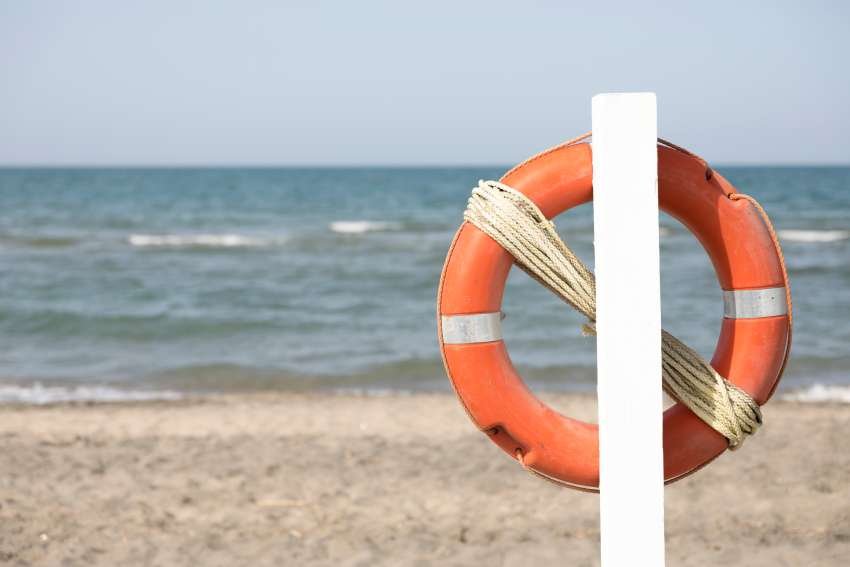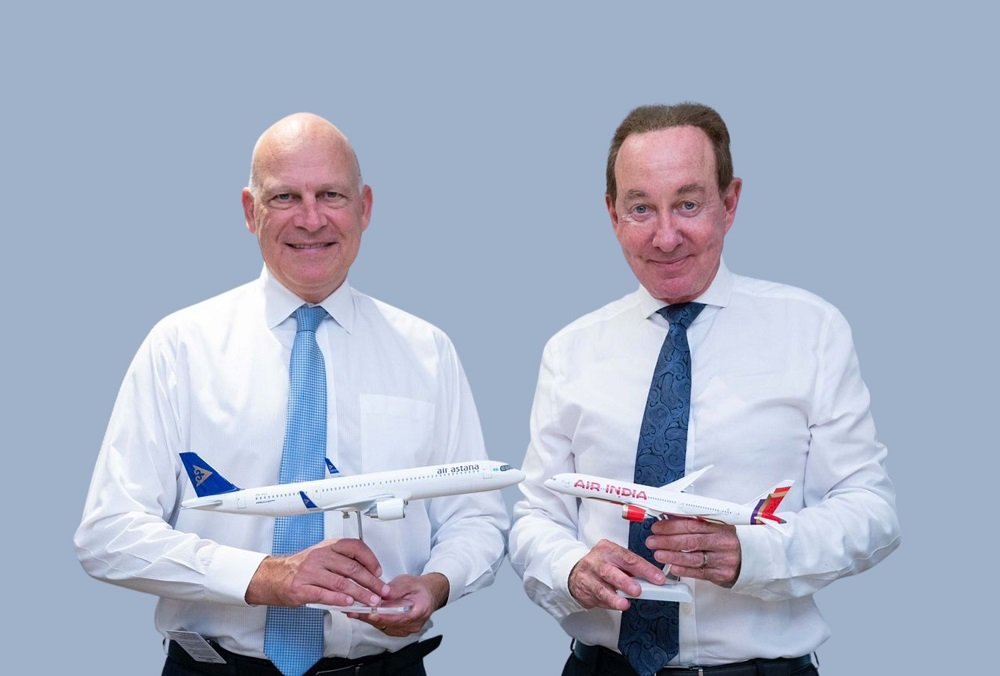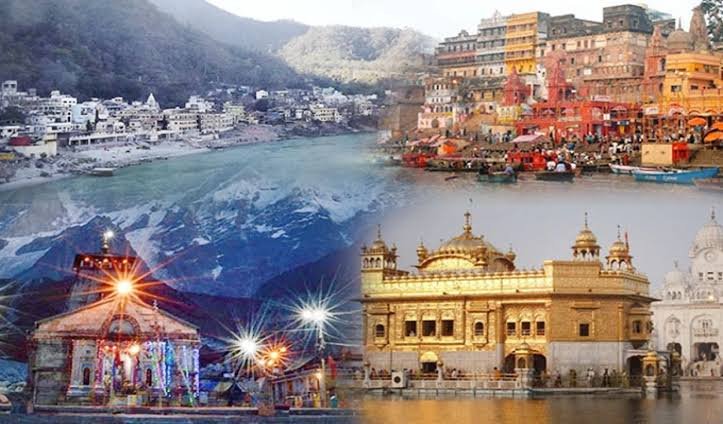Travel Guides & Articles
All New Updates From Beach Boulevard, Florida: Two Major Crashes in Twenty Four Hours Raises Tourist Safety Concerns During Peak Travel Season

Monday, July 7, 2025
With the holiday traveling season set to come into full swing in Florida, Beach Boulevard in the Jacksonville area has in the past 24 hours become the site of rising panic after the incident of two huge crashes, which claimed the life of one individual and injured some others. Those crashes illustrate the rising need for highway safety and traffic administration in congested tourist routes. Since ever-increasing tourists are passing through Florida’s beaches and attractions, road safety for tourists and locals alike has now become as critical as ever before.
The initial crash happened in the evening of Saturday, July 5, when a horrific eight-vehicle chain reaction crash happened at the corner of St. John’s Bluff Road and Beach Boulevard. As witnessed, the incident was triggered when one gray pickup truck crashed into a white Honda, triggering a disastrous sequence of events. The pickup truck drove away from the scene, leaving in its wake numerous vehicles and injured persons.
Witness Wendy Woo, who was there, told about the terror of the incident, stating, “When I saw the cars I was like everybody is dead. That was my thought. I can’t. Nobody survived this right here.” Luckily, all did not die as a result of the crash, although numerous passengers had very serious injuries. The driver of the white Honda was slammed into a Mercedes, which was driven by two men. Even though the brutality of the crash was intense, numerous individuals in the crash were astonishingly walking about outside the wreckage when it had all taken place.
Another severe crash was reported the next day on Beach Boulevard, which increased fears regarding safety in the region. With holiday road trips increasing and more tourists flooding the area, events like this are calling attention to dangers that may be brought about by crowded tourist attractions and the infastructure in the region, which may lack the capacity to support the growing number of tourists.
Impact on Tourism: A Wake-up Call for Florida’s Travel Industry
The impact of these crashes extends far beyond the individuals involved and their families; it also raises important questions about the safety of tourism-related areas and the potential risks that tourists face while traveling. Florida is one of the most visited states in the U.S., attracting millions of domestic and international travelers each year who come to experience its beaches, theme parks, and diverse attractions. Cities like Jacksonville, with their vibrant tourism sectors, rely heavily on the influx of visitors to drive the local economy.
However, incidents such as these present a significant challenge to the state’s tourism industry. As tourism continues to grow, especially during the peak travel months, the safety of roads and transport infrastructure becomes a critical issue. Tourists are often unfamiliar with local roadways, making them more vulnerable to accidents, particularly in areas where traffic is dense and the roads are not adequately equipped to handle such high volumes of vehicles.
In the aftermath of these crashes, the tourism industry faces a public relations challenge. While Florida remains a top destination for travelers, incidents like these can create a perception of danger among potential visitors. For tourists planning their vacations, the thought of navigating unfamiliar roads and facing potential hazards on their way to popular attractions may cause some to reconsider their travel plans. Negative media coverage of accidents can deter tourists from booking trips to the region, fearing that their safety could be compromised.
For local businesses and tourism operators, the impact is equally concerning. While the majority of tourists may continue to visit, accidents and safety concerns can affect bookings, with travelers opting for other destinations that are perceived as safer. Florida’s tourism industry, which generates billions of dollars annually, is deeply intertwined with the reputation of the state as a safe and enjoyable place for families and international visitors.
Road Safety in Tourist Areas: A Growing Need for Reform
The frequency of traffic accidents in tourist-heavy areas such as Beach Boulevard highlights the need for comprehensive reforms to improve road safety. As traffic congestion increases due to the rise in tourism, there are growing concerns about whether the infrastructure in popular tourist destinations is adequately prepared for the influx of vehicles.
Local authorities and the Florida Department of Transportation (FDOT) must take swift action to address the safety concerns raised by these incidents. Measures such as improved signage, better traffic management systems, and enhanced pedestrian safety protocols are critical to preventing further accidents. Additionally, there is a need for increased law enforcement presence in high-traffic areas, particularly during peak travel times, to discourage reckless driving behaviors such as speeding and hit-and-run incidents.
Moreover, public awareness campaigns highlighting road safety could play a pivotal role in educating both locals and tourists about the risks of distracted driving, speeding, and the importance of following traffic laws. For tourists unfamiliar with local road conditions, providing clear directions and warnings about dangerous intersections could help prevent accidents.
In the longer term, Florida may also need to consider infrastructure upgrades in high-traffic tourist areas. Expanding and modernizing roads, improving signage, and enhancing pedestrian facilities can all contribute to making travel safer for both residents and visitors. In addition, initiatives like roundabouts, more clearly marked crosswalks, and the installation of traffic cameras could improve safety by reducing the likelihood of high-speed collisions and other types of accidents.
Tourism and Transportation: A Delicate Balance
While tourism is undoubtedly a major driver of Florida’s economy, there must be a delicate balance between welcoming visitors and maintaining public safety. The recent incidents on Beach Boulevard should serve as a reminder to policymakers and the tourism industry that ensuring the safety of roads, particularly in areas with heavy foot traffic and a high number of vehicles, must remain a top priority.
Tourists visiting Florida expect more than just sunny beaches and world-class attractions—they also expect to feel safe and secure during their travels. The state’s tourism sector has long been seen as a model for success, but incidents like these serve as a stark reminder that infrastructure and safety standards must evolve alongside growing demand.
Moving Forward: A Call for Action
In the wake of the recent accidents, both local authorities and the tourism sector must work together to create a safer environment for tourists. For tourists, understanding the risks associated with unfamiliar roadways and taking necessary precautions can help mitigate potential dangers. However, it is equally important for the state of Florida to prioritize the development of infrastructure that can support the growing number of visitors without compromising their safety.
Tourists should be reassured that safety improvements are being made and that their concerns are being addressed. From enhanced traffic management systems to stricter enforcement of road safety laws, every effort must be made to create a secure environment for both residents and visitors. By improving road safety, Florida can continue to thrive as a premier tourist destination without the looming threat of preventable accidents.
Conclusion: Preserving Florida’s Reputation as a Premier Travel Destination
The most recent Beach Boulevard accidents are reminders about how hard it is to be safe in crowded areas filled with tourists but also present opportunities for improvement. Florida’s tourism economy is built upon its warm atmosphere and broad selection of attractions, but it is as important or more so that tourists stay road-safe as do attractions they come for.
With the state drawing millions of tourists annually, it needs to take proactive steps towards ensuring public safety. Prioritization of road safety and investment in upgrading the infrastructure can ensure that Florida remains one of the best places to go and provide all individuals visiting it with a safe environment.
References:
Florida Department of Transportation, Jacksonville Tourism Bureau, National Highway Traffic Safety Administration, Florida Highway Patrol, Federal Highway Administration
Tags: Beach Boulevard, Beach Boulevard accidents, Beach Boulevard crashes, Beach Boulevard traffic safety, florida, Florida holiday accidents, Florida tourism safety, holiday travel incidents, impact on tourism, Jacksonville, road safety Florida, St. John’s Bluff Road, tourism-related traffic accidents, travel destination safety, United States
Travel Guides & Articles
Air India and Air Astana sign codeshare agreement to boost India–Kazakhstan connectivity

Air India and Air Astana, the flag carrier of Kazakhstan, have signed a new codeshare agreement to offer more flight options to travellers.
The codeshare partnership enables cooperation between the two carriers on trunk routes between Kazakhstan and India, covering Air Astana routes operated between Almaty and Delhi, and Almaty and Mumbai. With this, Air India will place its ‘AI’ designator code on Air Astana’s flights to and from India, providing its customers convenient access to Almaty, a rapidly growing tourism and business hub in Central Asia.
Air India customers travelling to Almaty from points beyond Delhi and Mumbai will be able to conveniently travel on a single ticket and check-in their baggage through to Almaty at the point of origin.
Campbell Wilson, Chief Executive Officer & Managing Director, Air India, said “Our new codeshare partnership with Air Astana creates stronger air links to Kazakhstan, a fast-growing market with immense potential for tourism. Beyond serving leisure travel demand, our partnership will also support trade and cultural exchanges between our two countries, while bringing a new destination in Central Asia closer to our customers.”
Peter Foster, the Air Astana Group’s Chief Executive Officer, commented on the codeshare with Air India, “We are delighted to have concluded a comprehensive code share agreement with Asia’s oldest airline. Air India is an exceptionally well-managed business, which operates a comprehensive network of flights to, from and across India, the world’s most populous country and one of the fastest growing travel markets. India is of key strategic importance to the Air Astana Group as we increase flights from Kazakhstan to Delhi, Mumbai and Goa. The code share will accelerate the increasingly strong business, tourist and student traffic flows between our two countries”.
The new arrangement builds on an existing interline partnership between Air India and Air Astana that came into effect earlier in 2025. Under the interline agreement, Air India customers already have convenient connections via Almaty to multiple destinations across Central Asia and China including Astana (Kazakhstan), Bishkek (Kyrgyzstan), Tashkent (Uzbekistan), Dushanbe (Tajikistan) and Urumqi (China). Air Astana enjoys access to 18 destinations across Air India’s domestic network and 9 international destinations via Delhi and Mumbai.
With this step-up to a codeshare agreement, travel between India and Kazakhstan becomes more convenient for customers while also opening a wider network of destinations through a single booking and check-in process.
Subject to regulatory approvals, the codeshare flights will be progressively made available for sale across Air India’s booking channels, including the airline’s official website, mobile app, and through travel agents worldwide.
Travel Guides & Articles
Pilgrimage travel emerges as fast-growing tourism segment: MMT

India’s tourism sector is witnessing a strong surge in pilgrimage travel, with accommodation bookings across 56 spiritual destinations rising by 19% in FY24-25, according to MakeMyTrip’s latest report. The trend highlights how religious journeys are becoming a major driver of travel demand, spreading beyond traditional hubs into newer destinations.
The report notes broad-based growth, with 34 destinations recording double-digit increases and 15 posting over 25% expansion. Established centres such as Varanasi, Ayodhya, Puri, Amritsar and Tirupati continue to attract large footfalls. Simultaneously, emerging locations like Khatushyam Ji in Rajasthan, Omkareshwar in Madhya Pradesh and Thiruchendur in Tamil Nadu are witnessing rapid growth, signalling a widening spiritual canvas.
Pilgrimage trips are increasingly characterised by short, purpose-led stays. Over half of the travellers (53%) opt for single-night visits, while only 5% extend their stay beyond four nights. Interestingly, more than 63% of bookings are made within six days of travel, underlining the last-minute planning habit typical of Indian travellers.
Group travel is another defining feature. Nearly 47% of pilgrimage trips are booked by families, friends or community groups, compared to 39% in leisure tourism. This collective nature underscores the deeply shared and cultural dimension of spiritual journeys, where religious visits are often seen as community experiences.
Accommodation supply has also expanded rapidly to meet rising demand. Over the past three years, more than one-third of all hotel rooms at pilgrimage centres have been added, along with a sharp increase in homestays and hostels. Premium stays are gaining traction too, with bookings above INR 7,000 per night rising by over 20% in FY24-25.
Interestingly, a growing number of travellers are combining spirituality with leisure. MakeMyTrip found that while 52% of holiday packages were booked exclusively for pilgrimage, nearly 48% blended spiritual destinations with cultural or recreational stops. This dual demand is prompting the industry to innovate, positioning pilgrimage not just as faith-based travel but also as a holistic cultural tourism experience.
Travel Guides & Articles
These national parks will reopen for tourists in October

Wildlife adventures in October
Every year, India’s national parks close during the monsoon to protect both wildlife and visitors. Come October, as the rains retreat and the forests burst back into life, many of these parks reopen their gates. It’s the perfect time for safaris, so get ready for some exciting wildlife adventures.
-

 Business2 weeks ago
Business2 weeks agoThe Guardian view on Trump and the Fed: independence is no substitute for accountability | Editorial
-
Tools & Platforms4 weeks ago
Building Trust in Military AI Starts with Opening the Black Box – War on the Rocks
-

 Ethics & Policy1 month ago
Ethics & Policy1 month agoSDAIA Supports Saudi Arabia’s Leadership in Shaping Global AI Ethics, Policy, and Research – وكالة الأنباء السعودية
-

 Events & Conferences4 months ago
Events & Conferences4 months agoJourney to 1000 models: Scaling Instagram’s recommendation system
-

 Jobs & Careers2 months ago
Jobs & Careers2 months agoMumbai-based Perplexity Alternative Has 60k+ Users Without Funding
-

 Education2 months ago
Education2 months agoVEX Robotics launches AI-powered classroom robotics system
-

 Podcasts & Talks2 months ago
Podcasts & Talks2 months agoHappy 4th of July! 🎆 Made with Veo 3 in Gemini
-

 Education2 months ago
Education2 months agoMacron says UK and France have duty to tackle illegal migration ‘with humanity, solidarity and firmness’ – UK politics live | Politics
-

 Funding & Business2 months ago
Funding & Business2 months agoKayak and Expedia race to build AI travel agents that turn social posts into itineraries
-

 Podcasts & Talks2 months ago
Podcasts & Talks2 months agoOpenAI 🤝 @teamganassi





















